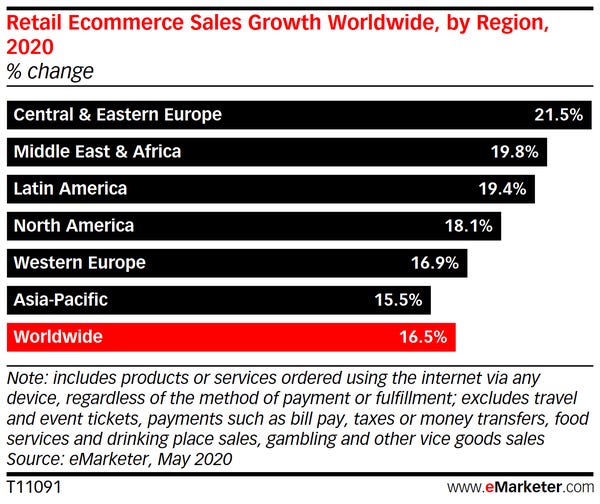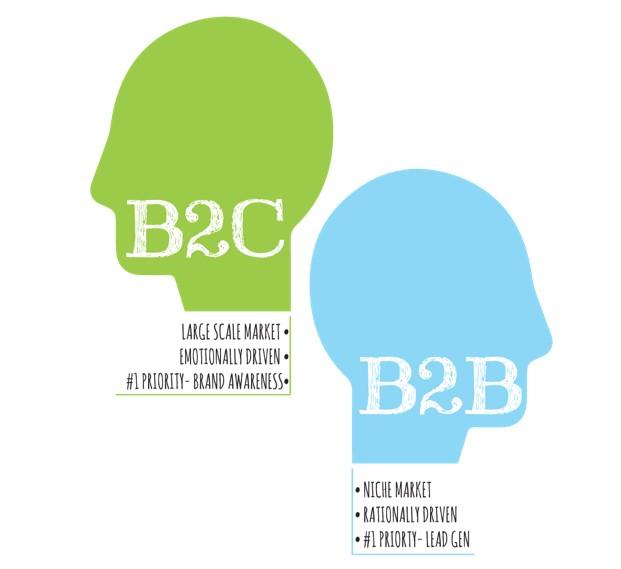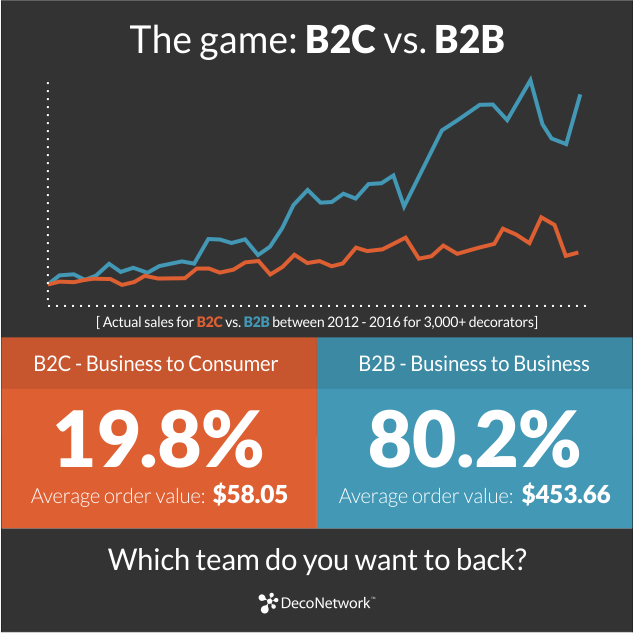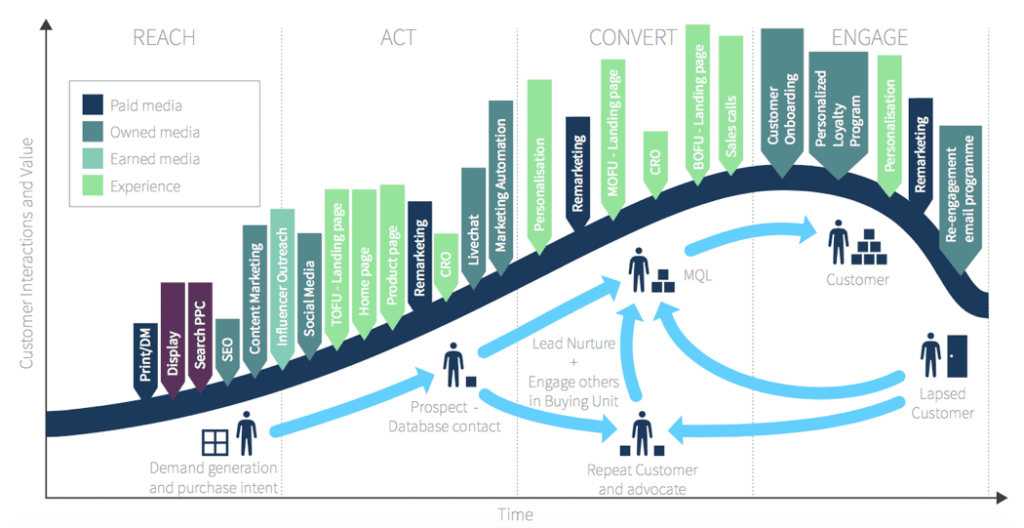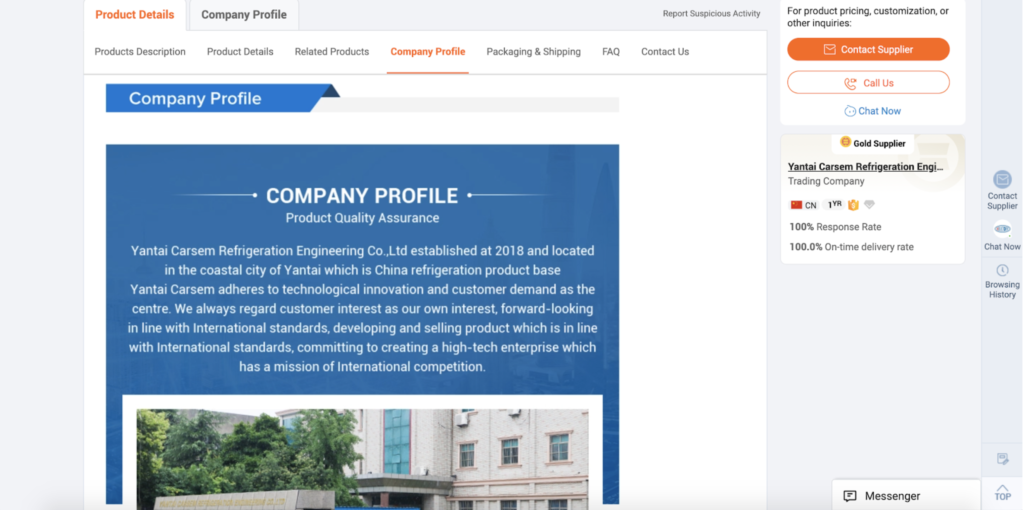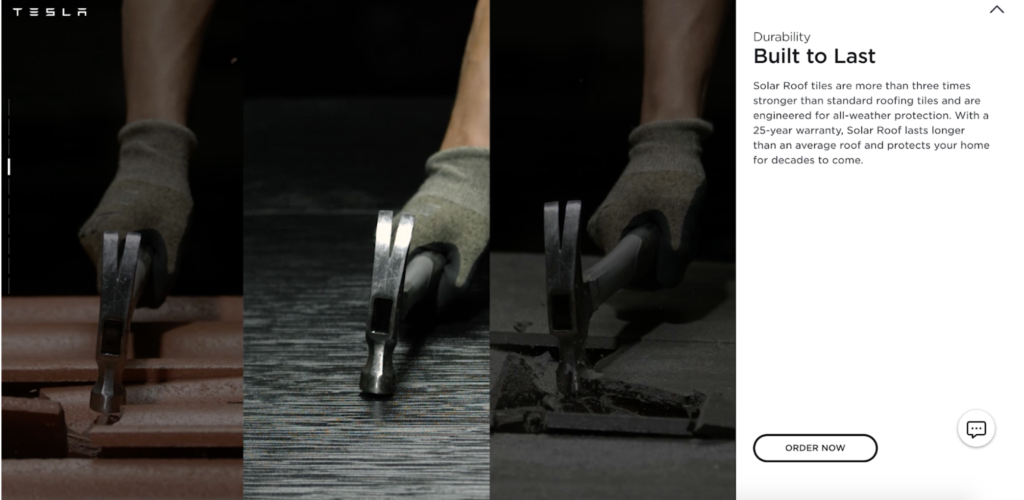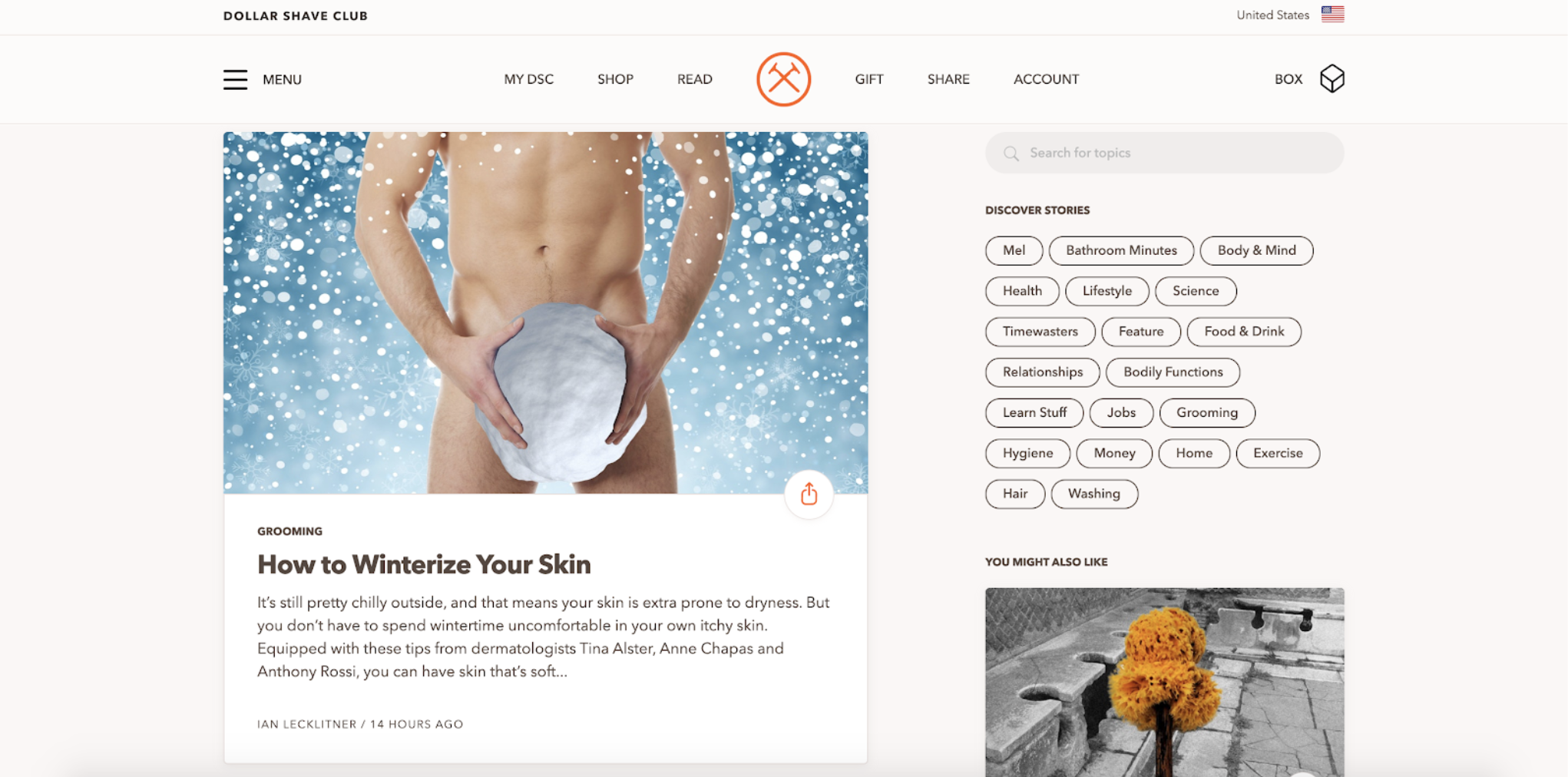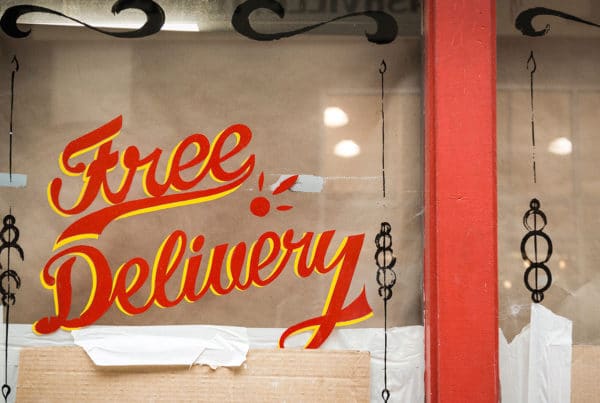Ecommerce is a $10 trillion dollar industry. Experts predict that ecommerce sales will continue to accelerate at a Compound Annual Growth Rate of 16.5% over the next few years, with Central and Eastern Europe, the Middle East and Africa, and Latin America showing the fastest rate of growth, according to ecommerce statistics.
Source: eMarketer.com
You can break ecommerce sales into two primary segments: Business To Business (B2B) and Business To Consumer (B2C). In this guide, we’ll look at seven major differences between the B2B and B2C sectors.
What does B2B and B2C mean?
A company operating in the B2C space sells products directly to the end-user. Ecommerce companies like Amazon and Zappos are some of the most well known online B2C companies.
A company operating in the B2B space sells its products and services to other companies. The company will either use the products for its operations or resell products to the end consumer. Marketplaces like Alibaba and Thomasnet are two of the most well-known examples of B2B ecommerce sites.
Of course, the difference between the sectors isn’t always clearly defined. Most B2B ecommerce stores will sell to consumers if asked. Some businesses will also make purchases through B2C companies and resell them at a markup or use the goods they purchase for their company operations. With that said, let’s explore the differences.
7 Key Differences Between B2C & B2B Ecommerce
In the following section, I’ll look at some of the key differences between the B2C and B2B ecommerce sectors. We’ll look at things like purchase intent and the decision-making process, marketing, order values, customer lifecycle, and order fulfillment.
1. Buyer Intent and the Decision Making Process
One of the key differences that many experts highlight between the B2B market and the B2C market is buying intent. As consumers, we make a lot of small purchases. For example, when we go to the supermarket, we might purchase dozens of items. As you go through the isles, you will probably make a lot of impulse purchases. Furthermore, you might buy one brand of milk over another because it happens to be on special offer.
Consumers rarely spend a lot of time considering cheap purchases. For this reason, many cheaper B2C purchases are likely to be driven by want as much as by need. As an ecommerce retailer, you can increase the likelihood of impulse buys with relevant upsells, down-sells, and a quick checkout process. You can see how Amazon attempts to facilitate impulse purchases through the website User Interface (UI).
While you might buy something cheap without much forethought, expensive purchases tend to be more considered. For example, you will probably spend a couple of weeks – sometimes much longer – talking to friends, asking experts, and reading reviews before deciding what car to buy.
Source: Wordstream
B2B products tend to fall into this category of more considered purchases. One reason for this is company structure. According to a 2017 study, B2B transactions will require sign-off from an average of seven stakeholders. In other words, the decision-making process will inevitably involve more than one person.
In a rigid company structure, you will see fewer large impulse purchases. Most expensive B2B transactions are evaluated based on return on investment (ROI), and the decision-making process usually follows a strict set of guidelines that look something like this:
- Justify the need
- Evaluate the solutions
- Select a supplier and make the purchase
The purchase cycle, from defining the needs to making the purchase, is much longer for a business. Depending on the transaction’s size, it can last anywhere from a few weeks to a few years.
Of course, smaller volume purchases are less considered. For example, you’re unlikely to spend months considering what receipt paper to purchase. However, there could be favored suppliers and restrictions on which companies a business can buy from. Logically, then, it’s important to consider buyer intentions when setting out your business plan.
2. Volume and Size of Transactions
The global B2B marketplace is worth 1.5 to 1.7 times the value of the B2C market. The difference in the market size is partially due to Average Order Values (AOV):
Source: deconetwork.com
The Average Order Value (AOV) for a B2B business is over seven times higher than that of a B2C. For example, an internet router for a business can cost thousands of dollars. A router for the average consumer is considerably cheaper. Another point to keep in mind is that while B2C orders typically top out at the cost of a luxury car or maybe a boat, a single B2B transaction can be worth millions of dollars.
3. Customer Lifecycle
The customer lifecycle model for B2B and B2C businesses share many of the same characteristics. You have to create awareness of your products, generate interest in the solution, get the customer to make a purchase, and put in processes to ensure customer retention.
Source: Smart Insights
One of the core differences between B2B purchases and B2C purchases is the amount of support that goes into lead nurturing. Given that B2B purchases have a larger AOV, ecommerce stores are likely to invest more effort in direct sales and customer support.
In many sectors, an initial B2B purchase is likely to result in years of future business. The typical lifecycle of a satisfied B2B customer is therefore far longer than that of a B2C ecommerce customer.
4. Marketing Strategies
A business needs to align its marketing strategies to the needs and decision-making process of its customers. Let us look at some of the common differences between B2B and B2C ecommerce stores’ marketing strategies.
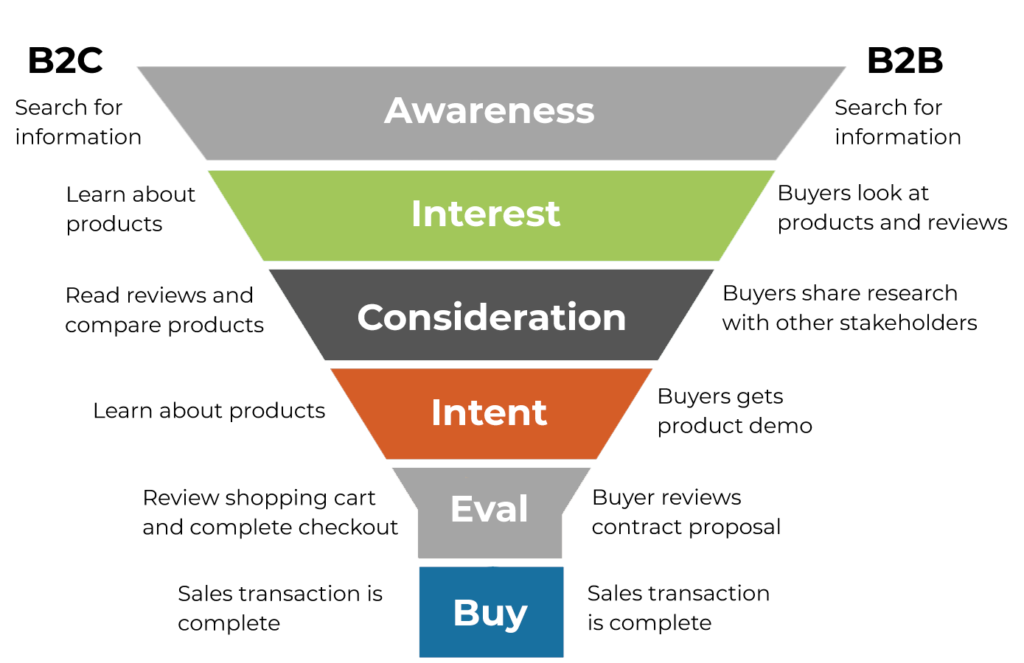
Top of the Funnel
Top Of The Funnel activities (TOFU) focuses on creating awareness and building interest in the customer. Online strategies that generate awareness and drive customer interest are content-driven for both B2B and B2C businesses. TOFU activities aim to get the site to rank high on organic searches, thereby increasing its customer visibility.
Business to consumer companies invest in attractive landing pages and squeeze pages, social media content, blog content, and more to generate leads. Many B2C ecommerce stores also invest in TV and other forms of mass advertising. The adverts you see for Amazon on TV are a good example.
B2B businesses also invest in social media marketing, blog content, launching podcasts, online reviews, and other activities to generate awareness. Besides these activities, B2B businesses are more likely to raise awareness and interest through offline activities like tradeshows, offline advertising, and onsite demos.
Middle of the Funnel
Middle Of The Funnel (MOFU) activities drive customer consideration. The main difference between B2C and B2B MOFU activities lie in the customer cycle. For a B2C customer, MOFU content might cover things like reading reviews, consulting with friends, and a couple of visits to your website. Also, don’t forget to track your website’s speed and fix bugs as this is a significant part of customer consideration.
For B2B customers, MOFU is more likely to involve competitive analysis, price negotiation, discussion with internal stakeholders, and viewing product demos. For expensive purchases, many activities occur offline. You might meet with salespeople to learn more about the product.
Bottom of the Funnel
The Bottom Of The Funnel (BOFU) activities are where you try to generate the sale. For B2C customers, things like a great user experience, a smooth checkout process, and fast delivery times are important factors.
For B2B customers making large purchase decisions, this part of the process can be time-consuming. It can involve drawing up and reviewing contracts, business proposals, defining payment terms, and finalizing service agreements. Because contracts and service agreements have to go through multiple layers of approval, the BOFU phase also takes a lot longer for B2B transactions,
5. Customer Assurance
As we’ve mentioned, one of the major differences between B2B and B2C ecommerce is the average order size. One fundamental principle of copywriting is the larger the purchase, the more social proof is required to convince a person to make a purchase.
If you compare a site like Amazon with a site like Alibaba, you can see this in action. For example, if you browse a listing on Alibaba, you will view detailed specs about the product on offer. You will also find information about the business providing the product.
The sales pages for products are long. You’ll find detailed information about the products on offer, in addition to high-quality photos of each product. In addition to this, there is also a messaging function so you can contact the supplier.
Amazon does not have a feature to message individual merchants without going through Amazon first. Firstly, customers are less likely to want to contact a supplier about a relatively low-value product. Secondly, companies offering such a product can not afford the customer support costs to deal with inquiries for products with a low-profit margin.
Of course, B2C companies that provide expensive products are likely to provide the same customer assurance level as you would expect to find on a B2C ecommerce store. For example, companies like Tesla use long-form sales copy for their product pages, providing much more information:
On the other hand, B2B ecommerce stores that provide low-cost products do not need to provide the same assurance level to their customers. Sales pages for cheap B2B products are generally quite short and to the point.
6. Branding
Branding is one area where you see a significant difference between B2C and B2B ecommerce websites. In many ways, B2C retailers experiment more with their branding than B2B ecommerce sites. Take the male grooming niche as an example.
The Dollar Shave Club uses subdued corporate style colors – navy blue and a light brown. The company has a brand color scheme and font that you might find on a B2B ecommerce site. However, it does things that you probably couldn’t get away with on a B2B site. Let me give you an example. On the blog, Dollar Shave Club uses eye-catching and playful imagery:
While you might imagine yourself browsing the blog at home, those types of images are hardly suitable for the office. My boss would certainly give me some funny looks if he saw me looking at that post while at work “researching” men’s grooming trends!
Most B2B websites are generally, as a result, more conservative than their B2C equivalents. The type of content they produce, the imagery they use, and the brand colors they choose need to fit their target audience’s expectations. Business to consumer sites is more diverse. For example, a website selling skater wear will have a very different feel to a site selling clothing for punks.
7. Order Fulfillment and Shipping
The order fulfillment process and shipping services used by B2B and B2C ecommerce companies share many of the same characteristics. Everyone who makes a purchase would like the product to be delivered safely and reliably, in the shortest possible time at the lowest cost.
Yet, the time consumers are willing to wait for a delivery, compared to businesses, is considerably lower in most cases. Amazon has provided consumers with the option of next day delivery for most products. Shipping expectations are changing in retail.
Any ecommerce store that is directly competing with Amazon faces the struggle of providing a shipping service that is as effective as Amazon’s. Free shipping is an important consideration for many consumers because Amazon offers free delivery for Prime customers (and, for many products, to all buyers).
Amazon has set expectations for the B2C industry that also impact the B2B sector. For example, if you buy supplies for your store, you might expect delivery within a 3-5 day period. However, for larger purchases, shipping time might be a less important factor than cost. For example, if you’re buying an industrial freezer for your business, you might be willing to wait three months for delivery if the product will cost $5,000 less than what you could purchase with next day delivery!
Conclusion B2B & B2C Ecommerce differences
In this guide, we’ve discussed seven major differences between B2B and B2C ecommerce businesses. Those differences include branding, order fulfillment and shipping, customer assurance, marketing strategies, volume and size of transactions, and buyer intent.
The purchasing habits of businesses and consumers are very different, yet the considerations are fundamentally the same. Most people and companies want to purchase reliable products at the lowest cost possible. Just like individuals, companies spend a lot of time considering large purchases. Moreover, there is often a system in place to authorize purchases.
Regardless of whether you’re operating in the B2B or B2C niches, your goal should be the same; provide the best service possible for your customers. Ensuring your customers are happy the best way to succeed as a business! Choosing the righte-commerce platform to do so will help you reaching that goal.
About the author
Petra Odak is a Chief Marketing Officer at Better Proposals, a simple yet incredibly powerful proposal software tool that helps you send high-converting, web-based business proposals in minutes. She’s a solution-oriented marketing enthusiast with more than 5 years of experience in various fields of marketing and project management.

